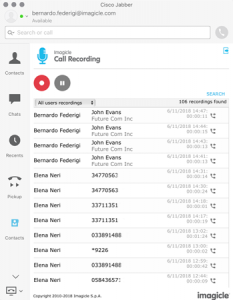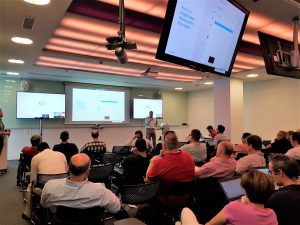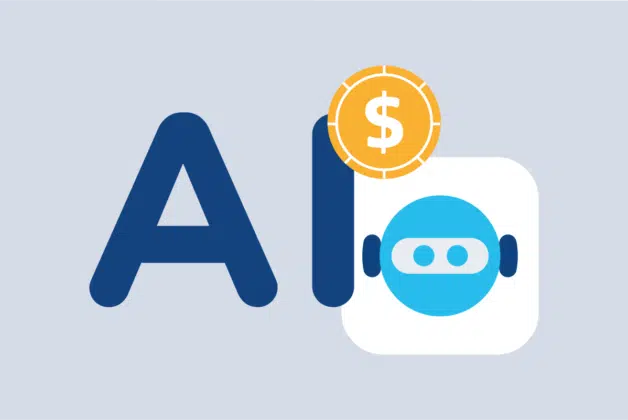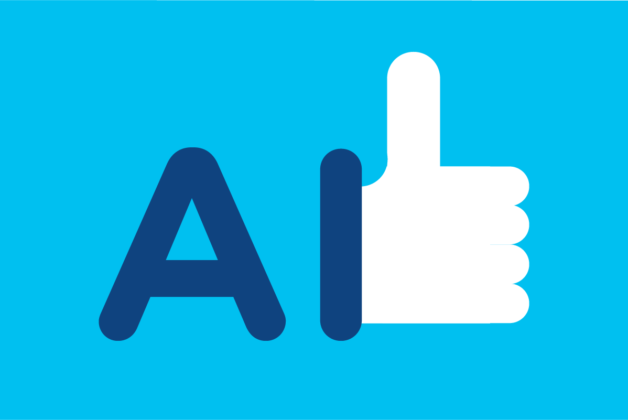Our experience with the Service Providers.
In the last two years, I’ve had the opportunity to travel all over the world, from San Francisco to Sydney through Europe, meeting dozens of Service Providers and discussing with them the several options to build a valuable UCaaS offer.
Despite the different geographical areas, cultures, and market types, a common need comes up every time we discuss a UCaaS strategy: that of a horizontal, scalable and reliable offer that provides users with everything they need in a flexible but cost-effective way.
What can make a difference is the way to achieve these goals. Is it better to invest in Cisco or BroadSoft? HCS dedicated instances or shared architecture? Is it more convenient to invest in the cheapest or the most feature-rich offer?
Well, no answer suits everyone, but, for sure, those who have started with the UC Cloud offer are already getting those responses from their customers.
For example, it is often thought that keeping the costs down and adding the missing features as a second step may be a good start. Well, nothing wrong on paper, but focusing just on pricing usually doesn’t allow creating a comprehensive offer, while your customers may consider your commercial proposition not appealing.
The price war, indeed, it’s hardly a winning strategy in the long term, because it leads us to stingy customers with a low loyalty level (which becomes fundamental in a UCaaS model based on a subscription).
I experienced it with a critical partner operating in Central America, whose main concern was to avoid adding costs. They started with an HCS-SA platform with the Imagicle applications just for the automation (Contact Separation and LDAP), and immediately began receiving customer requests for reporting feature and for the hospitality solution (leveraging the application). Thanks to the high flexibility of the Imagicle UCX Suite it was possible to recover the situation in a very short time, and today they are also considering adding Call Recording and Digital Fax capabilities.
Purchasing bundled solutions right away can be a great strategy to anticipate your customers’ needs. Sometimes, however, it can be useful to differentiate the contents of the proposition, so as to stand out from the competition thanks to a unique offer tailored to the real users’ needs.
Many of our partners, from North America to the Middle East, have successfully understood this approach based on adding value to their offering.
And don’t be afraid of investing in additional features that would seem to be an extra cost: in the Italian market, the SP provides the Imagicle Full Bundle to each HCS-DI Customer with an attach rate of 90% and, in the Arabian countries, our local partners keep adopting the entire UCX Suite also for the smaller customers enabled on HCS Shared Architecture.
Imagicle allows you to travel several ways and, as we reported in France, England and Benelux, some partners have chosen a middle ground: a set of à la carte applications (or a Basic Bundle on HCS-SA) to get essential features and some optional apps to be enabled on the Imagicle platform under request.
In the end, as I said, there is not a suitable solution for all types of business and customers, but, for sure, being aware of the trend of the Cloud market and identifying the need for standardization and customization of services are key factors to developing a winning cloud strategy.
Imagicle builds its solutions basing exactly on these factors. That’s why, whatever your platform, architecture and commercial offer are, it’s definitely the best way to make your customers happy.
Well, once again, what do you say? What’s your Cloud strategy?
Wanna know a little more? Write below.
We’ll talk about it together!
#stayimagicle





 Luca Isola
Luca Isola
0 Comments